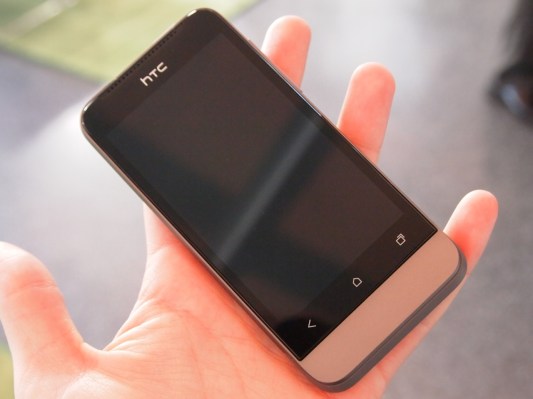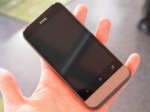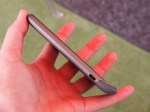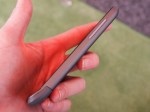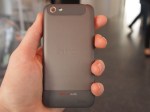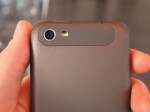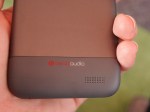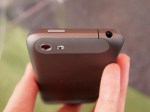There’s been plenty of news about HTC of late. If you’ve been following our MWC coverage, you know all about it and I won’t bore you. Instead, I’ll just let you in on a little tidbit that we learned here at HTC’s New York roundtable and give you a few of my impressions of HTC’s One V.
This is a CDMA/HSPA+ device, will be available both on-contract and as a prepaid phone from various carriers. We weren’t all that thrilled with HTC’s decision to offer its flagship One X smartphone on only one carrier (AT&T), but at least the Taiwanese phone maker is spreading out the love when it comes to their more mid-range handset. As of right now, we can confirm that the One V will be available on-contract from U.S. Cellular and T-Mobile, and as a pre-paid phone on Virgin and MetroPCS.
Obviously there’s still no word on pricing and these babies aren’t even available until spring, but if you’re already planning out your next phone this could be helpful information.
I just got up close and personal with the One V, and I have to say it feels pretty damn good. Where HTC is really winning is in that aluminum unibody design with soft-touch. I’ve been noticing that phones from all the big guys — Samsung, LG, and Motorola — are all feeling increasingly plastic-y, something I attribute to their desire for “thin and light.”
HTC’s new phones may not be the lightest, but at least they don’t feel like toys. I’m also pleased with the One V’s size, sporting that 3.7-inch display. The phone itself is almost exactly the same size as an iPhone, and while big beautiful displays are all the rage right now, the One V took me back to a place where phones were actually comfortable in the hand.
The phone sports a little chin, much like the HTC Status or G1, and the black bezel takes over the entire front portion of the phone. Though the screen itself doesn’t go edge-to-edge, it certainly gives off the impression that it does. You’ll notice that there are only three capacitive buttons down below.
HTC didn’t have the software running on the One V, so I’m focusing mainly on hardware here. However, I’m told that the software is the same across all of these One devices, except for carrier bloatware of course. That said, Sense 4.0 is really snappy. You’d expect Sense (one of the heavier vendor overlays) would slow down Android even more than it already lags, but I didn’t find this to be the case.
At least on the One X, Sense only brings a new layer of dimension to the phone rather than bogging it down. HTC’s weather and clock widget are still beautiful, as per usual, but where we’re really seeing some huge UI changes is in the camera app. Sense has brought way more controls into the camera app, along with a continuous shutter mode which takes five pictures a second.
That’s right. The One series shutter snaps pics in .2 seconds, which far surpasses anything we’ve called snappy before. I’d say it just barely beats out the iPhone 4S, but it’s hard to say without a stop watch. The One phones send a snapped picture straight to the little review square on the bottom left, whereas on the iPhone you watch a virtual shutter as the picture’s being loaded into your gallery. This makes it hard to tell which is really the fastest, but it doesn’t really matter since both are super snappy. The One V, on the other hand, has a camera downgrade to 5-megapixels from 8-megapixels.
Hopefully this guy doesn’t go for more than $200, though I’m thinking we’ll see it land south of $150. Truth be told, even for $200 this seems like a worthwhile offering.
